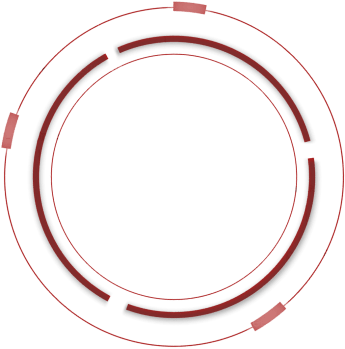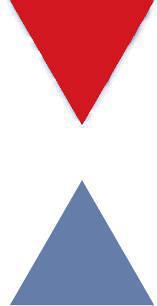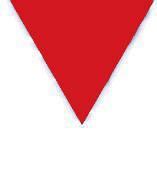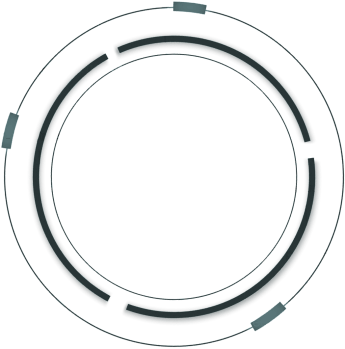The merger of all the banks that were owned by the Iranian security forces into Bank Sepah have turned this bank into the financial arm of all Iranian security forces (IRGC, the Basij, NAJA, Iranian Ministry of Defense (including MODAFL) and the Iranian Army).
This means that all accounts managed by Bank Sepah in Iran and abroad should be now seen as funding all of Iran’s illicit activity.
The bank’s European branches and subsidiary conduct regular activity for business and private clients alike. This means that tainted Iranian money makes its way into Europe via Bank Sepah.
Bad elements in Iran Funneling Money into Europe through Bank Sepah
In 2017 a process began to merge all of the large banking and financial institutes in Iran that are owned various security forces into one bank – Bank Sepah. The stated purpose of this merger is to boost efficiency and help stabilize the Iranian banking sector. However, some economic experts in Iran have criticized this move claiming that the dire financial situation of the various banks that will merge into Sepah will only worsen the bank’s financial state and increase its debt to the CBI. The move, according to reports, will apparently take 3-5 years to complete.
The following financial institutions were merged into Bank Sepah:
• Ansar Bank – affiliated with Bonyad Taavon Sepah (the IRGC’s Cooperative Foundation).
• Mehr Eghtesad Bank – affiliated with the Basij, the paramilitary organization affiliated with the IRGC.
• Bank Hekmat Iranian – affiliated with the Iranian army.
• Bank Ghavamin – affiliated with the NAJA Cooperative Foundation (the cooperative of the Law Enforcement Force).
• Kosar Financial and Credit Institution — a credit and financial institution affiliated with the Cooperative Foundation of the Ministry of Defense, including MODAFL.
Currently, in terms of corporate structure, the abovementioned financial institutions are already under Bank Sepah’s corporate umbrella, and are controlled through Sepah’s subsidiary, “Ayandeh Andish Negar Services Company”. There are still some outstanding issues that need to be resolved, such as: the fate of the various banks’ employees as well as the fate of the local branches of the banks that merge into Sepah Bank.
However, the IRGC and the Basij as well as other bad elements in Iran still continue to own shares in the financial institutions, they previously controlled. For example, roughly 73% of Kosar institute’s shares are owned by Ayandeh Andisheh Negar. However, some of its other shareholders include the IRGC-affiliated entity, Ghadir Investment company (through E’etezad Ghadir and Zarin Persia companies, that hold roughly 7% of the shares) as well as the Basij Cooperative Institution. Similarly, while Bank Ghavamin’s largest shareholder is Bank Sepah (67.88%), the designated NAJA force (Law Enforcement Forces of The Islamic Republic of Iran) still owns roughly 27% of the shares.
As the table below shows, of the five financial institutions that were merged into Bank Sepah, Mehr Eghtesad retained the largest presence of IRGC and Basij affiliated elements:
Mehr Eghtesad Bank Shareholders (April 2020)
| Company Name | % of Shares | Affiliation |
|---|---|---|
| Ayandeh Andish Negar Services Company | 54.3 | Sepah Bank |
| The Islamic Fighters Institution for Knowledge and Educational Services | 8.57 | Basij Organization |
| Javan Seyr Issar Domestic and International Transport Company | 8.31 | Basij Organization |
| Noavaran Moj Company | 8.22 | Basij Organization |
| Basijian Housing Institution | 2.37 | Basij Organization |
| Basij Cooperative Organization | 1.74 | Basij Organization |
Leaving aside the financial considerations that may or may not be behind this merger, this merger holds several advantages for the Iranian regime. For one thing, it allows it to create a false image of how the commercial ties of the IRGC and other problematic elements were severed from the Iranian financial system, and thus claim that Iran complies with international norms of transparency. More importantly, it provides bad elements in Iran such as the IRGC with a legitimate vehicle to manage their international funds.
According to Iran Watch, Bank Sepah was ‘listed by the British government in 2015 as an entity of potential concern for WMD-related procurement, but removed in 2017 after the U.K. withdrew its Iran list.’ But, this merger changes the status of this bank since it has now become main financial nexus of all IRGC, Basij, Ministry of defense-related activity inside and outside of Iran. In other words, Bank Sepah is now the main financial arm of all of the Iranian regime’s illicit activities. As such, it is important to note that the bank is one of the few Iranian banks that maintain a foreign presence.
Bank Sepah operates three foreign branches and one foreign subsidiary:
• UK Subsidiary: “Bank Sepah International plc”
• Paris Branch
• Rome Branch
• Frankfurt Branch
Through its foreign branches and its UK subsidiary, Bank Sepah offers its clients, private and business alike, a wide range of services including: letters of credit, forfaiting, guarantees and bonds, silent confirmation, payment transactions, loans, warranties and capital investments and arrange for syndication in large scale projects. The bank’s London subsidiary also acts as a collecting and remitting bank. In terms of its foreign activity, Sepah’s two largest counterparties are HSBC and Deutsche Bundesbank. According to its Frankfurt branch website it is also ‘a statutory member of the German Banks’ Compensation Scheme, Cologne, as well as a member of the Deposit Protection Fund of the Association of German Banks.’
The Trail of Tainted Iranian Money







Ilicit Activity
Terror Financing Nuclear Project, Missile Project, Human Rights Violation
Prior to this merger and to the signing of the JCPOA, Bank Sepah was designated by the EU and the USA for its support of bad elements in Iran. Currently, it is only under US sanctions. Therefore, this merger folds within itself two main dangers. The first is that IRGC-affiliated financial institutions, which are still under sanctions in Europe and have struggled to find a way into the international markets, can now do so under the cover of Bank Sepah. The second danger is a direct result of the first one – Bank Sepah has now become the main financial nexus of all IRGC, Basij, NAJA, Ministry of defense-related activity inside and outside of Iran. I.e. it has become a major instrument through which all activities related to the Iran’s nuclear and missile projects, terrorism activity outside of Iran and human rights violations in Iran are funded.
There is no escape from the conclusion that since Bank Sepah now plays a central role in maintaining the financial mechanism that fuels Iran’s illicit activity, all of bank’s international funds should be seen as tainted and in service of Iran’s nefarious activities. This is especially disconcerting in light of the German foreign office’s recent statement regarding the activation of INSTEX that ‘Now the first transaction is complete, INSTEX and its Iranian counterpart STFI will work on more transactions and enhancing the mechanism.’
Someone needs to remind the EU that it needs to end its policy of engendering a false separation between state-owned and IRGC-owned entities in Iran.
![]()
![]()

